How to Freeze Rice and Reheat Safely
Freezing rice can be a time-saver when meal prepping and makes it easy to add a flavorful and filling grain to your meals anytime. Here’s a guide to freezing rice, covering everything from cooking methods to storage and reheating tips. This process will help you save time and reduce food waste by having rice ready whenever needed.
As an Amazon Associate, I earn from qualifying purchases.
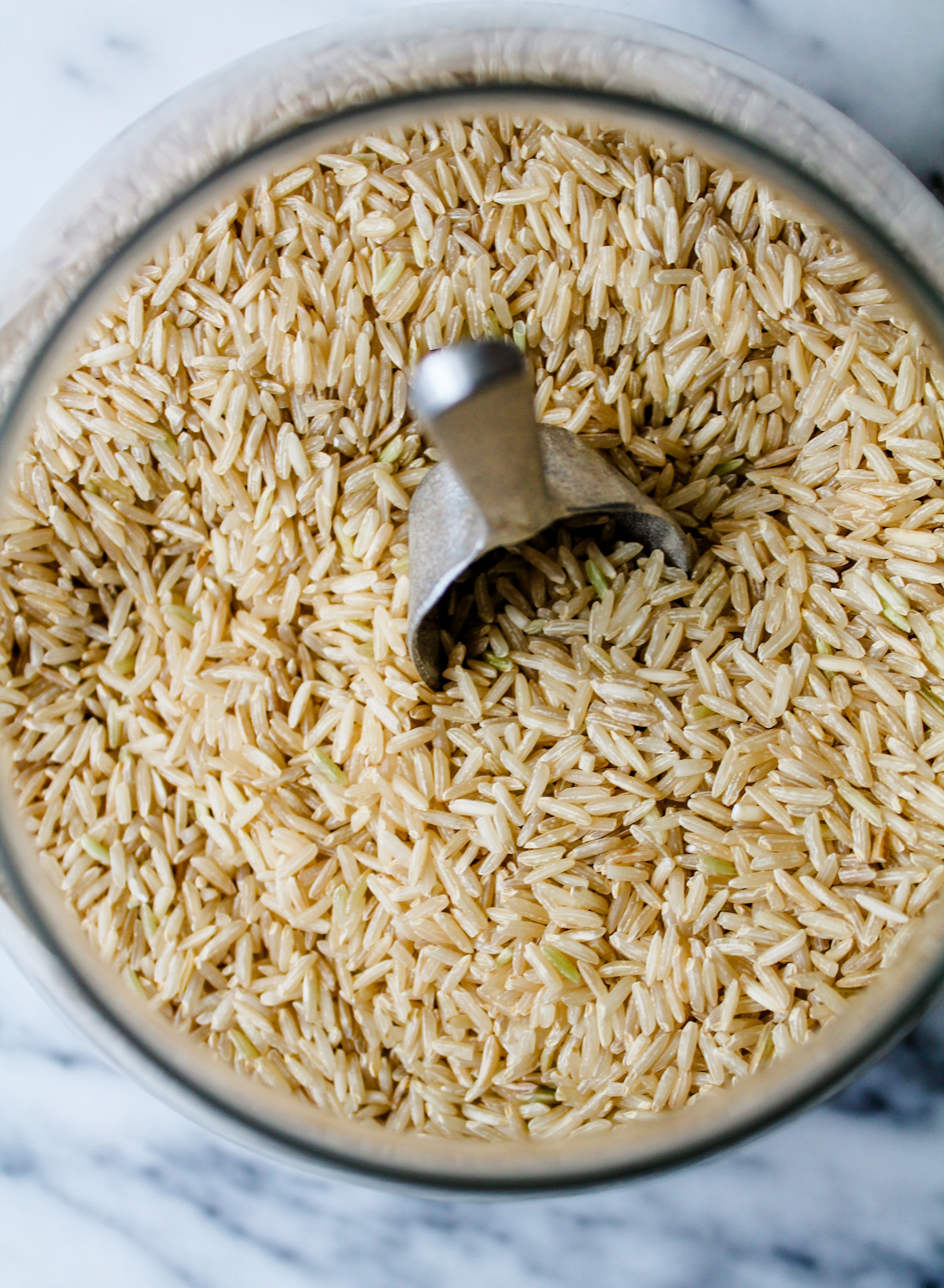
Freezing food can be a very useful cooking tool. It is also a great way to save money by stocking up when things are on sale or reducing waste. Check out how to freeze blueberries or how to freeze peppers. Or browse through all of our kitchen resources for some great how-to guides.
Preparing the rice for freezing
Preparing rice for freezing involves a few simple steps to ensure it retains its flavor and texture. From cooking and cooling to packing and storing, following these guidelines will make reheating quick and convenient.
Cooking the rice
To start, cook the rice according to package directions. Different types of rice, such as white, brown, jasmine, basmati or wild rice, have slightly different water ratios and cooking times:
- White rice: Requires about a 1.5:1 water-to-rice ratio and typically cooks in 15 to 20 minutes on the stovetop.
- Brown rice: Often cooked with a 2:1 water-to-rice ratio and takes longer — about 30 to 45 minutes.
- Jasmine and basmati rice: These fragrant rice varieties usually need a 1.5:1 ratio of water to rice, with cooking times around 15 to 25 minutes.
- Wild rice: Wild rice usually requires a 3:1 water-to-rice ratio and takes about 45 to 60 minutes to cook.
You can cook it on the stovetop, in a rice cooker or a pressure cooker like an Instant Pot. Whichever method you choose, follow these basic steps:
- Stovetop: Bring water to a boil in a pot, add the rice, cover and reduce to a simmer. Cooking times will vary based on the type of rice.
- Rice cooker: Add water and rice directly to the cooker, set it and wait for it to finish. When cooking is complete, most rice cookers will automatically switch to warming mode.
- Instant Pot or pressure cooker: Set the cooker on high pressure based on rice type — around 10 to 15 minutes for white rice and 20 to 22 minutes for brown rice — with natural pressure release for the best texture.
Once the rice is cooked, fluff it with a fork to help release steam and prevent clumping.
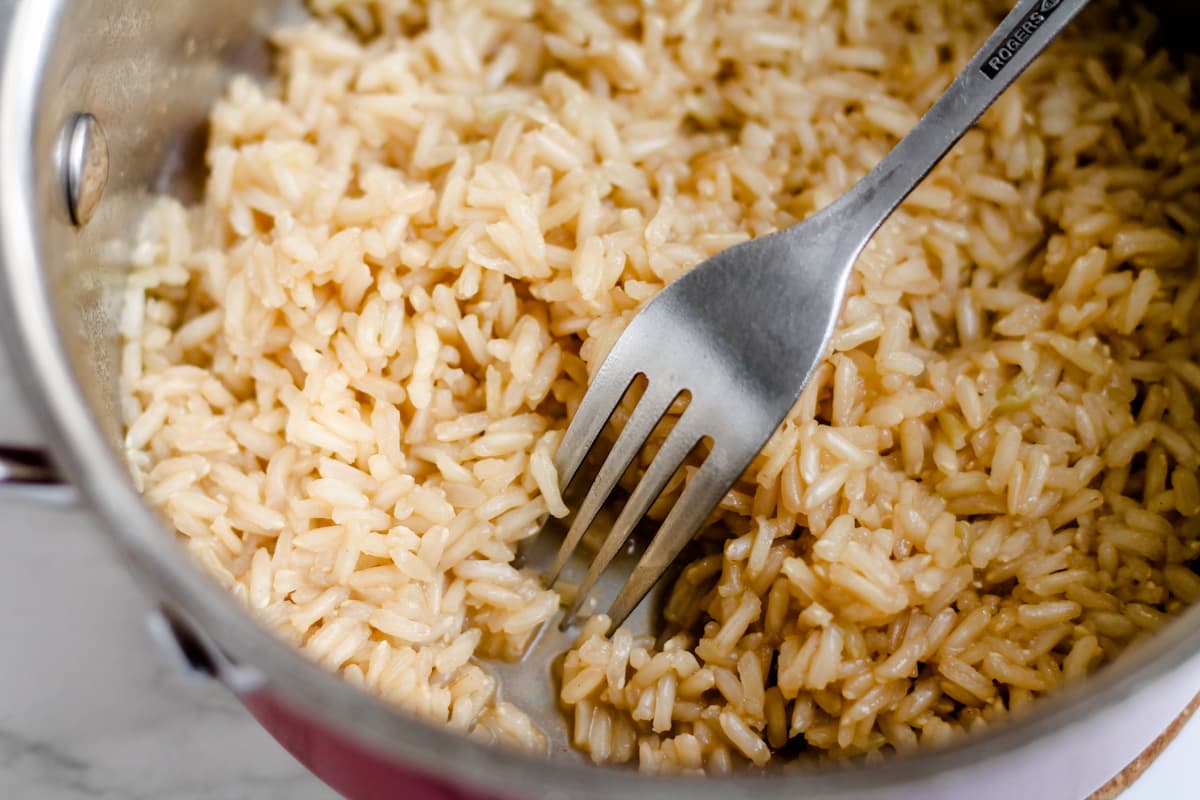
Cooling the rice
Spread the rice evenly on a baking sheet to let it cool.
To avoid ice crystals, it’s essential to cool the rice completely before freezing as this affects texture and taste. To do this, spread the rice in a thin layer on a baking sheet, ensuring the grains don’t stick together. Allow the rice to cool completely at room temperature.
“I love using frozen rice because it’s a huge time-saver! I can make a big batch, freeze it in portions and then reheat it quickly whenever I need it — perfect for busy nights. My favorite way to freeze it is to spread the cooked rice out on a baking sheet until it cools, then portion it into bags or containers; that way, it doesn’t clump together and reheats evenly.”
— Kristin King, Dizzy Busy and Hungry
Packing and freezing
Once the rice is fully cooled, you can package it for the freezer. Follow these simple steps for the best results.
Transfer the rice to freezer-safe reusable silicone or plastic bags. Silicone bags are a good eco-friendly option as they can be reused many times. Label each bag with the date and amount of rice. Portioning your rice before freezing will make grabbing the exact amount you need easy.
Press out as much air as possible before sealing. This helps prevent freezer burn and allows the rice to freeze in a thin, flat layer, which saves space and makes defrosting quicker. Then, freeze in flat layers. Lay the bags flat in the freezer. Freezing them in layers not only saves space but also makes reheating faster, as the rice will thaw more evenly.
Rice can last up to six months in the freezer without losing its texture or flavor. Label bags with the date to keep track.
Reheating frozen rice
Reheating frozen rice is simple and quick, making it convenient to add to your meals. There are a few effective ways to reheat frozen rice, each with its advantages.
Microwave method
Place the frozen rice in a microwave-safe bowl. You don’t need to thaw it in advance. Add a few teaspoons of water to help steam and rehydrate the rice. This prevents the rice from drying out as it heats.
Then, cover the bowl with a loose-fitting lid. Use a plate or other microwave-safe lid to cover the bowl loosely. This traps steam and speeds up the reheating process. Heat the rice in the microwave on high for one to three minutes, depending on the quantity, and stir halfway through to ensure even heating. The rice should be hot and fluffy when done.
- Lead-free, all-natural glaze.
- Crystallized, scratch-resistant formula.
- Designed to stack and nestle.
Stovetop method
If you prefer not to use the microwave, you can reheat frozen rice on the stovetop. Place the rice in a small pot or saucepan. Add a few tablespoons of water, then cover with a lid. Set the heat to low, stirring occasionally to break up any clumps. Once the rice is hot and fluffy, it’s ready to serve.
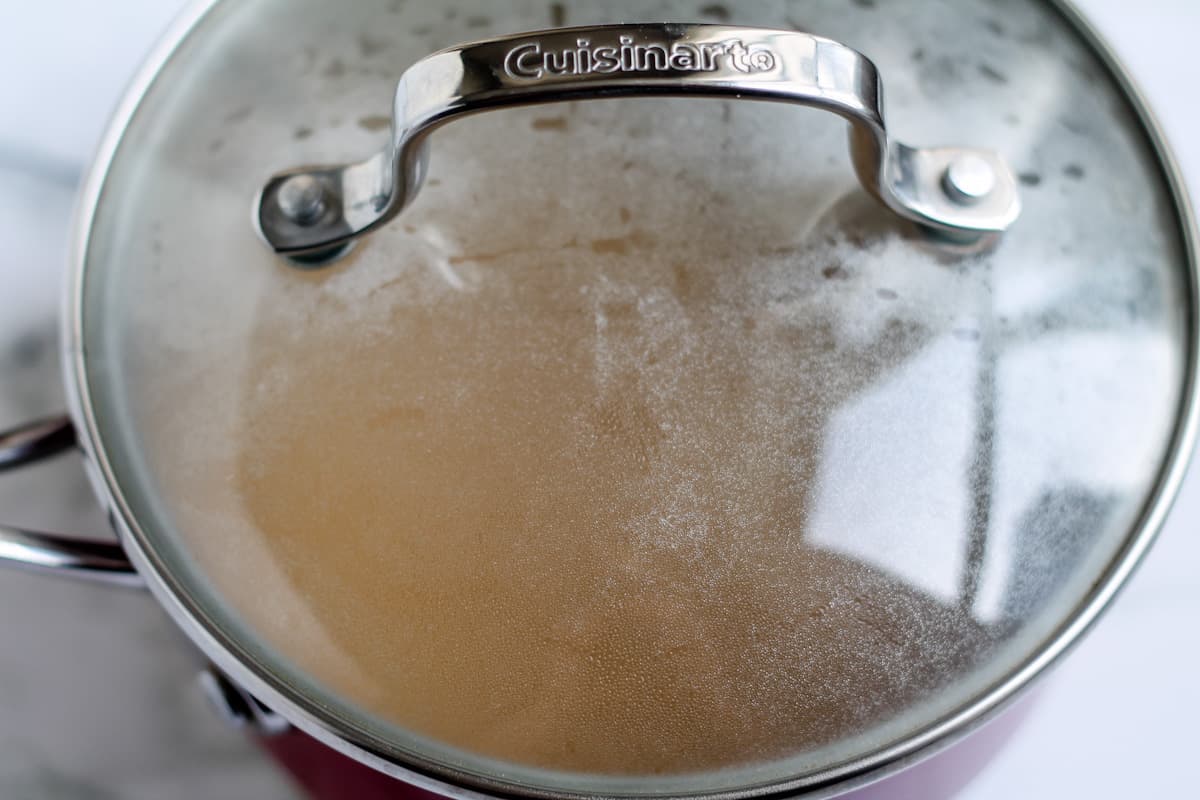
Steamer method
Using a steamer is another way to gently reheat frozen rice. This method will prevent the rice from drying out.
Place a steamer basket over a pot of boiling water. Add the rice to the basket, cover and steam for about five to 10 minutes, depending on the amount. Stir once or twice during steaming to ensure it heats evenly.
- Non-stick, non-toxic coating.
- A trusted brand for healthy cookware.
How much rice to cook for freezing
When cooking rice with the intention of freezing, you may want to plan the amount based on your typical meal needs. A half-cup of cooked rice generally makes a standard side serving. If you’re cooking for a family or want leftovers for several meals, a batch of 1-2 cups of dry rice is often enough. For reference, 1 cup of dry brown rice typically yields about 3 cups of cooked rice. This varies depending on the type of rice and brand you choose, so be sure to reference the package instructions for correct ratios.
Tips for using frozen rice
Frozen rice is versatile and can be used in a variety of dishes. Here are some ideas:
- Quick lunches and dinners: Add the rice to stir-fries, burritos, casseroles, or grain bowls.
- Soups and stews: Rice adds texture and substance to soups and stews. You can add it directly to the pot without thawing.
- Breakfast bowls: Use the rice as a base for savory breakfast bowls with vegetables and a fried egg.
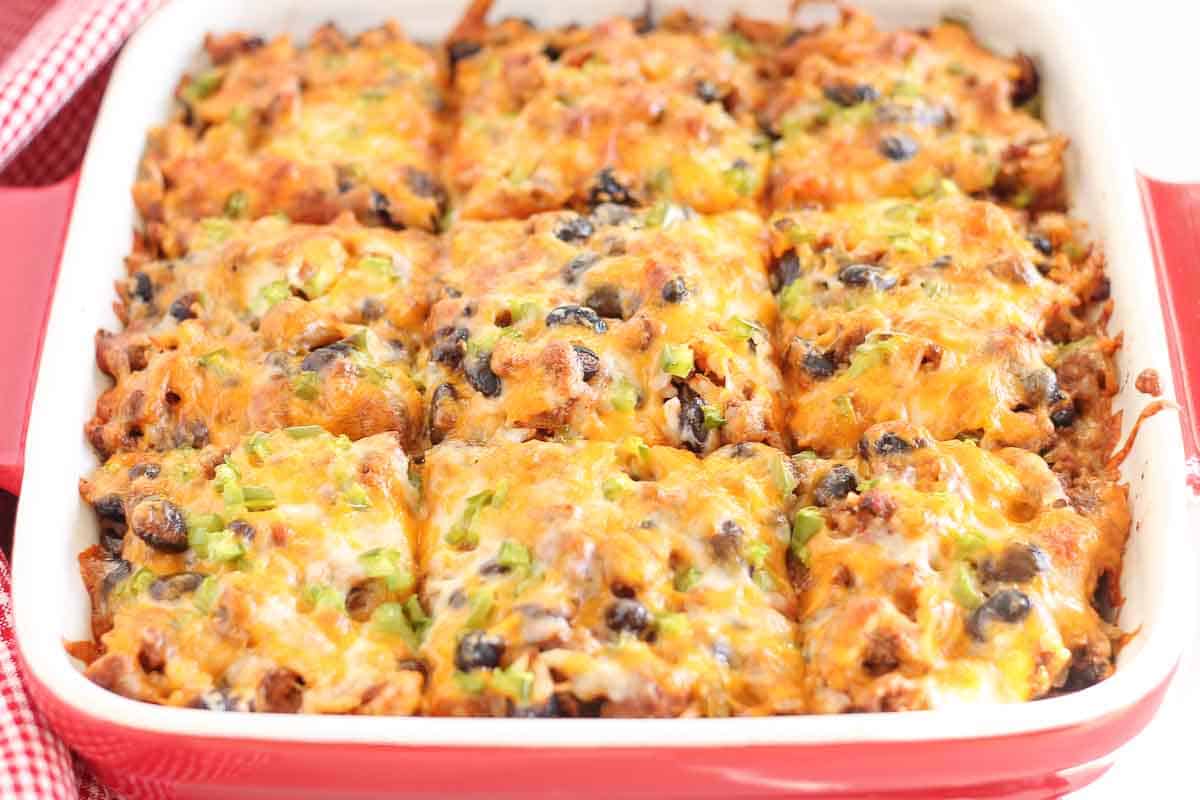
Final thoughts
Freezing rice is a practical way to save time and make meal prep easier. Having frozen rice on hand lets you add a hearty grain to your meals without the extra cooking time. By following these steps, you’ll have perfectly frozen rice that’s ready to go whenever you need it. With just a little planning, freezing rice can simplify your cooking routine and help you easily create complete meals.
Gen is a professional chef, writer and editor living in Southern California. She is the owner and recipe creator behind Two Cloves Kitchen, a food site featuring contemporary, California-inspired recipes. She has edited over 20 novels, short stories and essays for publication.This article originally appeared on Food Drink Life.

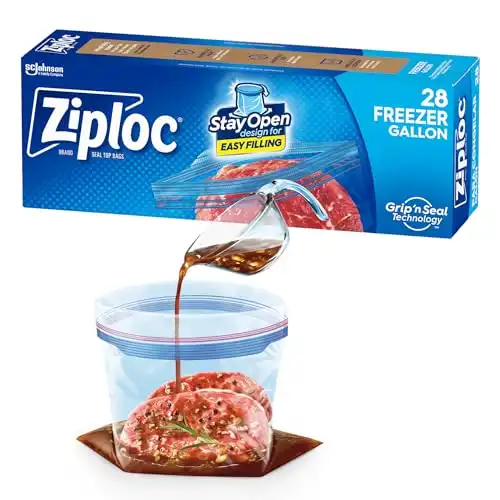
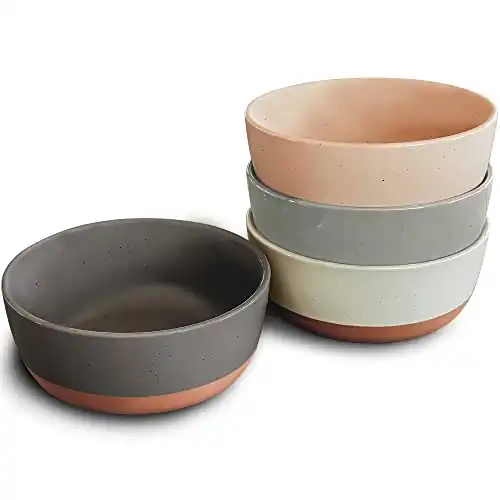
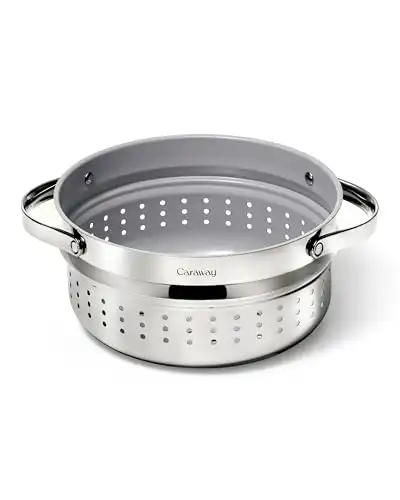
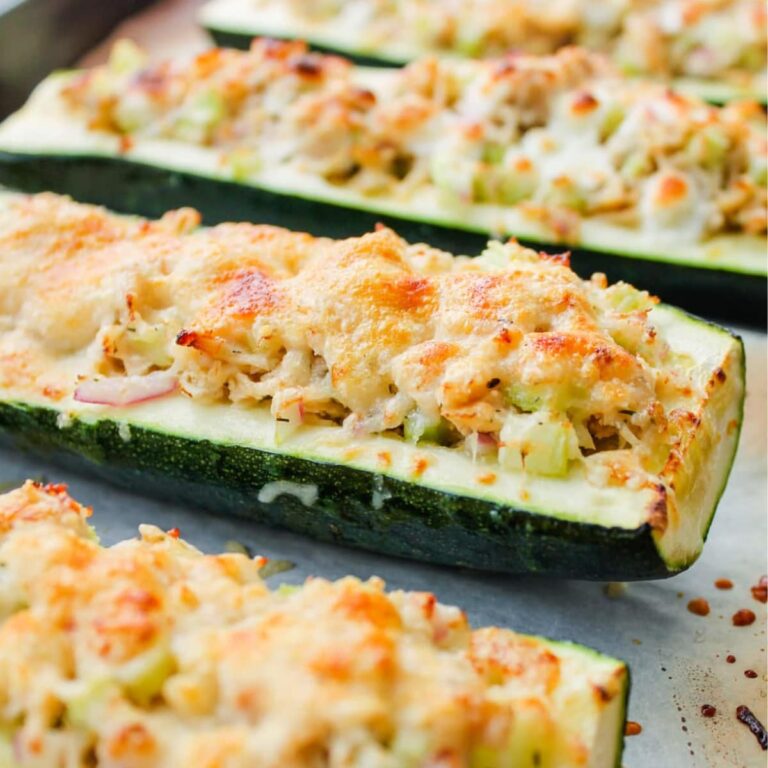

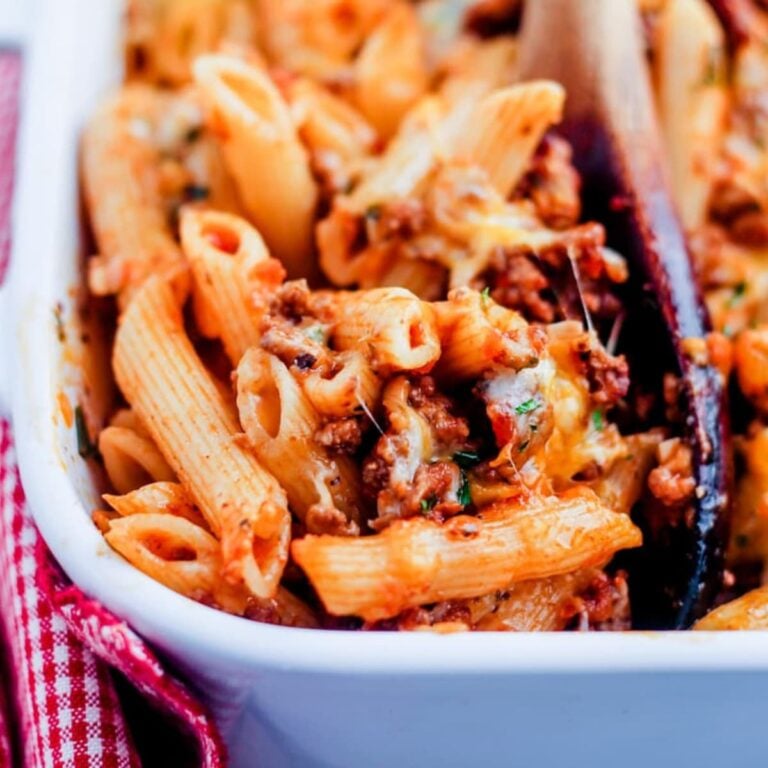
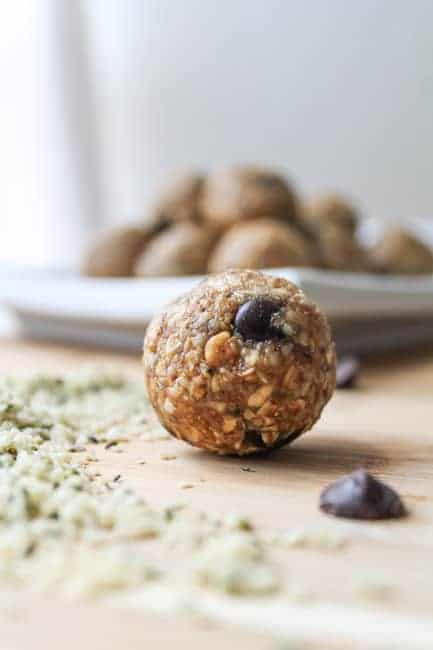
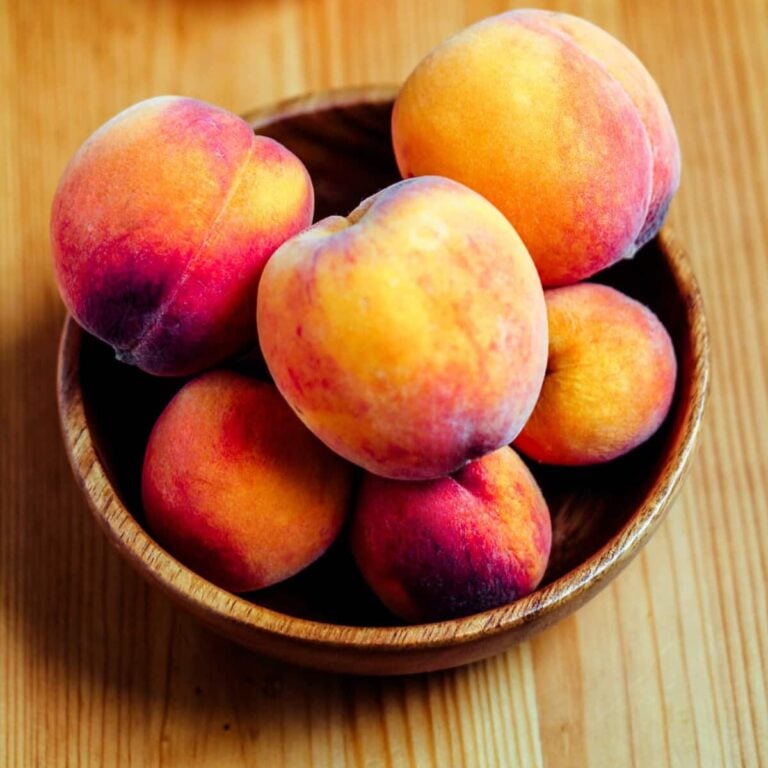

Can the cooked and cooled rice be vacum packed ?
Great question, Ree! I don’t have that tool myself but I have heard it is amazing. I am sure that it would be great to use for freezing the cooked and cooled rice also.